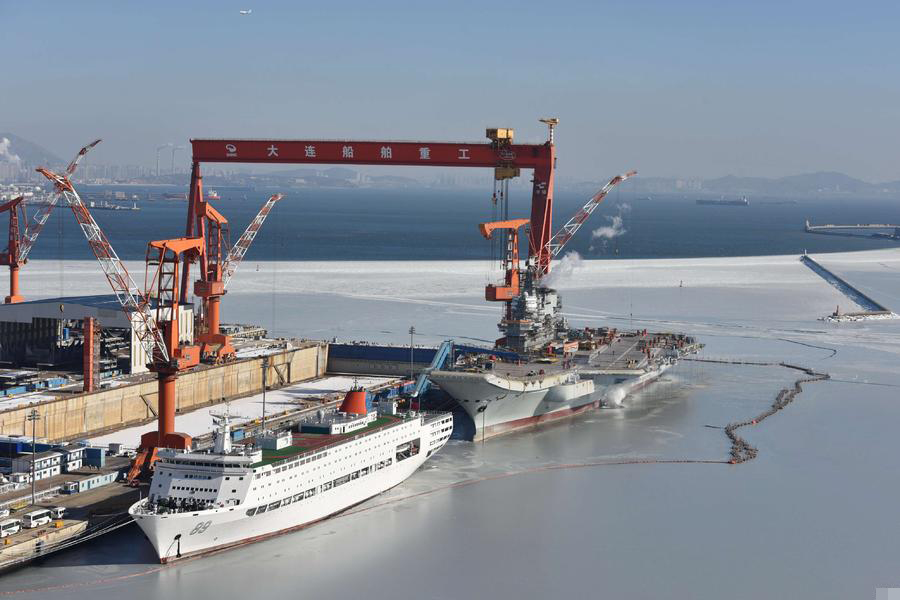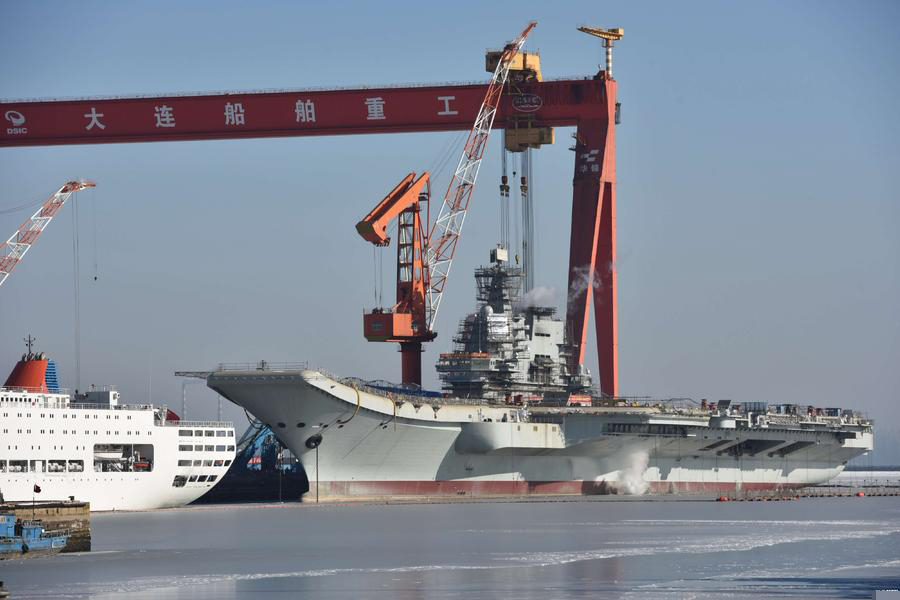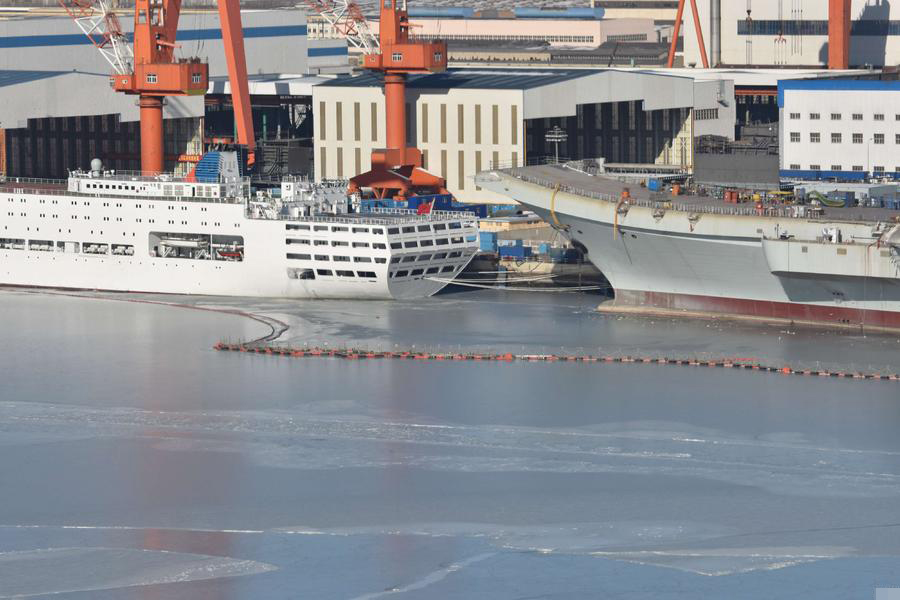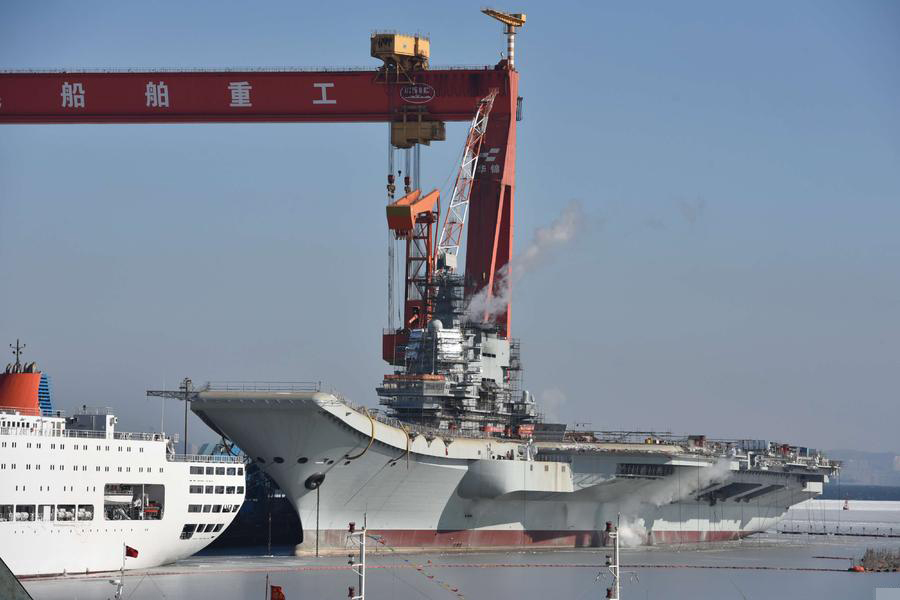JANUARY 26, 2018 / 4:21 AM / UPDATED 19 HOURS AGO
Northern China port area calls blue alert for sea ice
Reuters Staff
2 MIN READ
BEIJING (Reuters) - A unit of China’s State Oceanic Administration (SOA) on Friday issued a blue alert for sea ice in a key port area in the north of the country, potentially disrupting commodities shipments, as temperatures in the region plummet.
Sea ice in the Liaodong Bay, the northern arm of China’s Bohai Sea, now extends 67 nautical miles (124 km) from the shoreline, the North China Sea Marine Forecasting Center said in an 0700 GMT alert. Ice also extends 18 nautical miles out in the northern part of the Yellow Sea, the Center said.
A blue alert, called when the sea ice stretches out more than 60 nautical miles, is the lowest tier on China’s four-colour alert system for severe weather, with red being the highest.
Footage broadcast by state television CCTV on Friday showed ice-breakers working in Liaodong Bay.
The SOA earlier Friday said sea ice in the area it was monitoring covered around 23,482 sq km (9,066 sq miles), based on satellite images taken on Jan. 24.
It added that investigative teams had been sent to the regional port cities of Panjin, Jinzhou, Yingkou and Dalian to assess any possible damage. Dalian port is a key inlet for China’s imports of coal, coking coal, iron ore and alumina.
“In the next three days, the icy conditions in Bohai Bay and the northern Yellow Sea will develop significantly,” the SOA said, warning of colder weather and big waves much further south near Hainan island, the Taiwan Strait, and the coasts of Fujian and Zhejiang.
Reporting by Tom Daly; Editing by Christian Schmollinger





